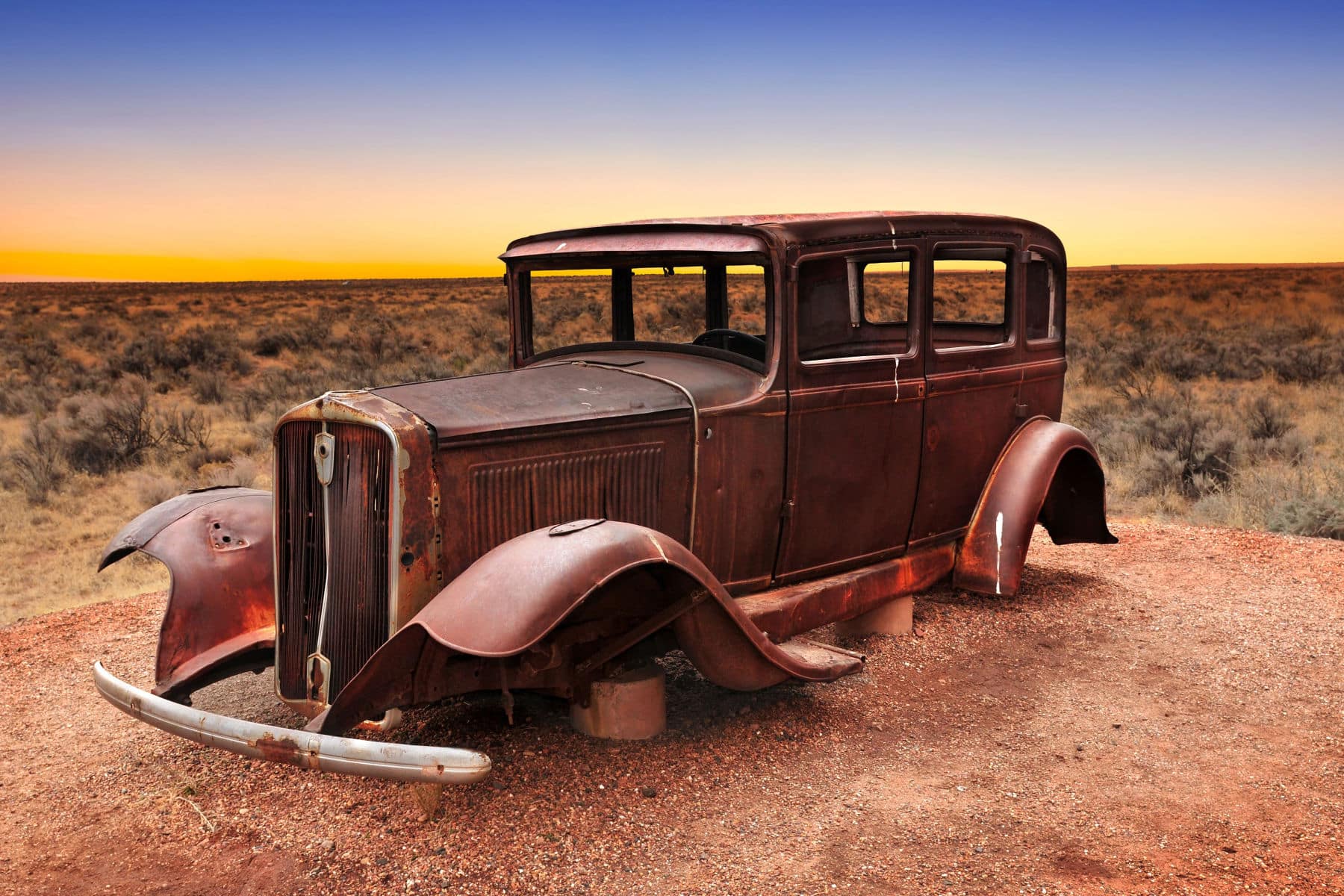
Article Summary: Petrified Forest National Park Facts
Petrified Forest National Park Facts! In this article, we provide you with 10 surprising facts about one of America’s most magnificent national parks.
More Than Just Parks is your one-stop-shop when it comes to learning everything you’ll need to know about America’s national parks. We’ve got expert guides, beautiful photos, helpful tips, breathtaking films and so much more.
I’ve been to so many of these amazing places since retiring from teaching in 2018. Did I mention that I taught history? I spent a lifetime teaching about the history behind some of these natural wonders. Then I got to see them firsthand.
And now I’m sharing some of the incredible stories about these beautiful places with you. It doesn’t get any better than that!
More Than Just Parks takes a deeper dive with its national park facts. We’ve done our homework so that you’ll get more than you bargained for.
Without further ado, let’s dive in.
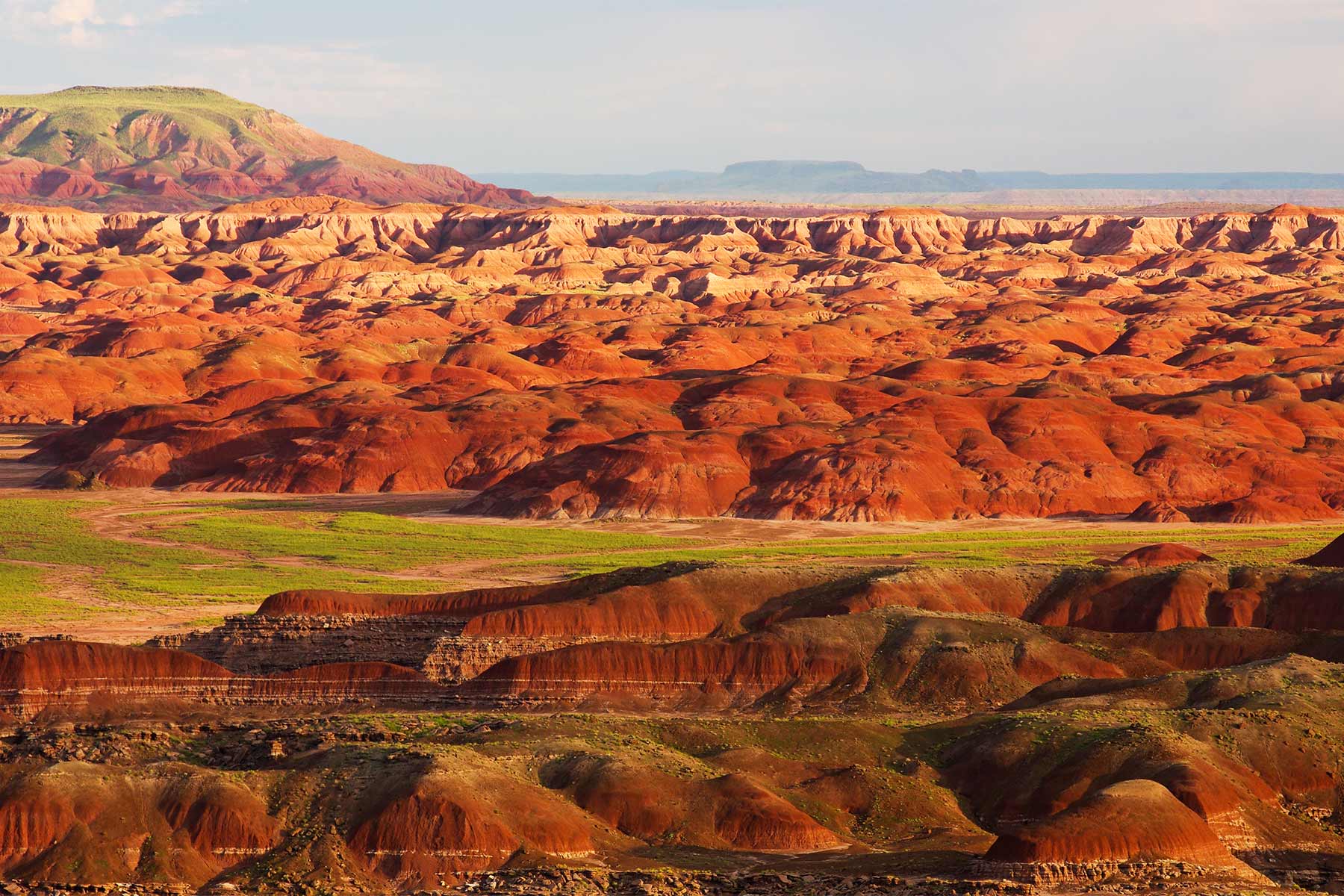
Table Of Contents: Petrified Forest National Park Facts
Petrified Forest National Park Facts
- Facts About Petrified Forest National Park
- Petrified Forest National Park Facts
- Top 5 Petrified Forest National Park Facts
- 1. The Paleo-Indians Were The Earliest Inhabitants Of The Park
- 2. The Spanish Were The Earliest Non-Native Explorers Of The Region
- 3. A U.S. Army Lieutenant Led An Expedition Through The Region
- 4. A “Camel Corps” Traveled Through The Park
- 5. The Park Features One Of The Largest Petrified Forests In The World
- Top 10 Petrified Forest National Park Facts
- 6. At Petrified Forest National Park, You’ll Find Some Of The Most Amazing Trails On The Planet
- 7. Petrified Forest Features More Than 600 Archeological Sites & Resources
- 8. The Park Is Home To A Diverse Array Of Wildlife
- 9. Petrified Forest National Park Is A Popular Location For Films
- 10. The Park Was Created To Prevent Theft
- Why Trust Us About Petrified Forest National Park?
- Meet The Parks Brothers
- Map Of Petrified Forest National Park
- We Hope You’ll Follow Our Journey
- Helpful Articles
- Top 5 Petrified Forest National Park Facts
Facts About Petrified Forest National Park
Some Basic Facts About Petrified Forest National Park
Petrified Forest National Park is a national park in Navajo and Apache counties in northeastern Arizona.
The park covers about 146 square miles and preserves one of the largest and most colorful concentrations of petrified wood in the world.
It also features historic structures, including an early 20th century homestead and the remains of an early 20th century roadway, as well as exhibits about the park’s geology, natural history, and human history.
The park also offers opportunities for hiking, backpacking, and scenic drives.
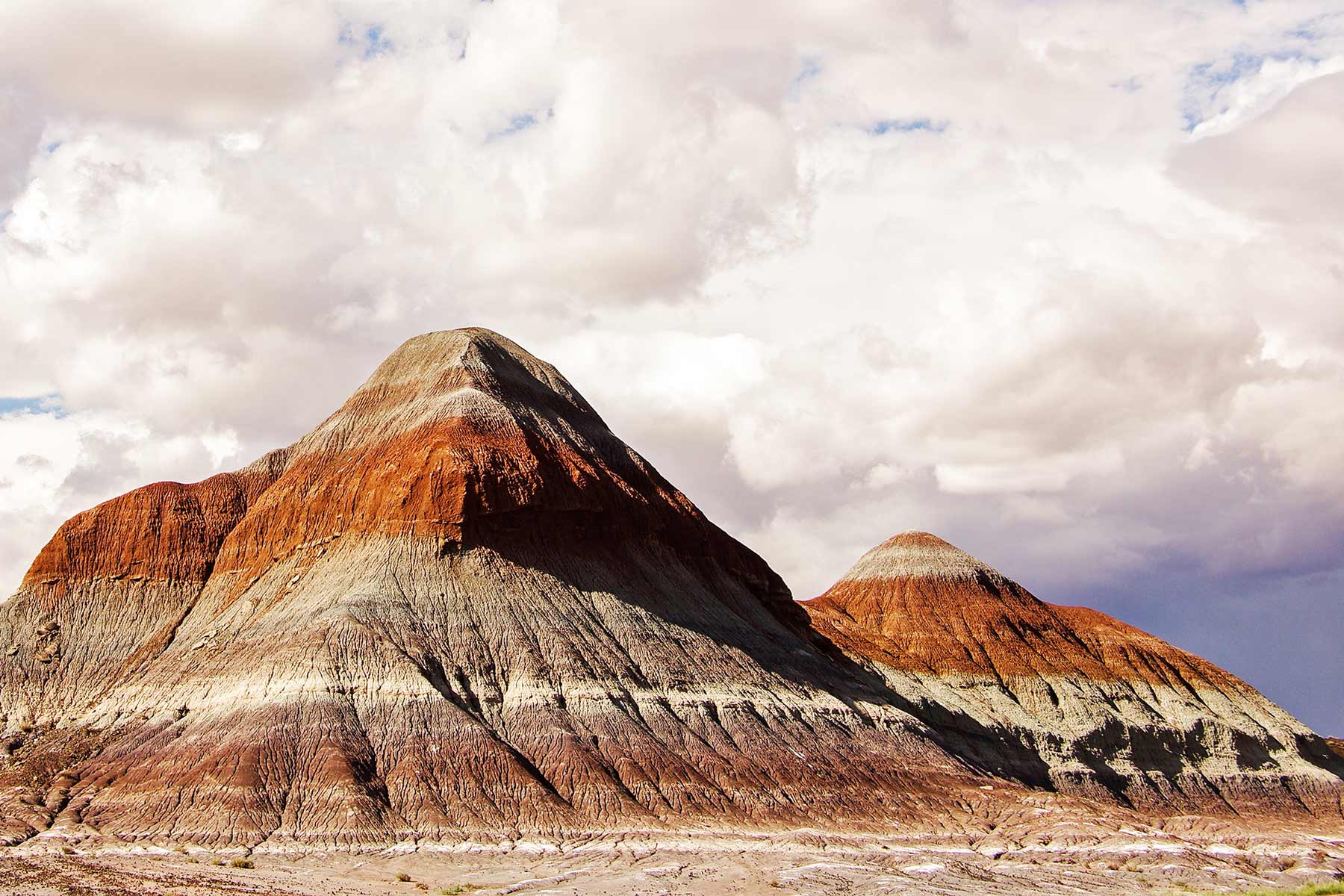
Here Are Some Of The Basic Facts
- Location: Arizona
- Acreage: 146,900 acres
- Visitation: The park averages about 645,000 visitors each year.
- Elevation: Petrified Forest National Park ranges in elevation from 5,307 to 6,262 feet and spans the Semi-Desert Grassland / Shrub Steppe and Pinyon-Juniper Woodland life zones.
- Climate: Petrified Forest National Park is a semi-arid grassland. Temperatures range from above 100° F to well below freezing. About 10 inches of moisture comes during infrequent snow in the winter and often violent summer thunder-storms.
- When Did It Become A National Park? Petrified Forest National Park was established by an act of Congress, disestablishing the national monument. President Dwight D. Eisenhower first approved the legislation in 1958, but President John F. Kennedy saw it completed in 1962.

Petrified Forest National Park Facts
Top 5 Petrified Forest National Park Facts
1. The Paleo-Indians Were The Earliest Inhabitants Of The Park
As a retired history teacher and lifelong history buff, I have always been fascinated by the stories of the earliest peoples who inhabited America’s scenic wonders. One of my favorite Petrified Forest National Park Facts is that the park area was first inhabited by Paleo-Indians.
Paleo-Indians were the first human inhabitants of the Southwest region after the end of the last Ice Age.

The region was much different then, with higher rainfall, cooler temperatures, and green grasslands. These mobile groups gathered food and hunted large animals like mammoths and bison.
The Petrified Forest area, with its resource-rich setting, was highly attractive to these ancient people. They are known for their large, well-made projectile points used for hunting, and they also used petrified wood to create a range of different types of stone tools.
The Clovis and Folsom cultures of these ancient people are defined by their distinctive elegant fluting of projectile points. Camps of these cultures have been found within Petrified Forest National Park.

2. The Spanish Were The Earliest Non-Native Explorers Of The Region
Another intriguing Petrified Forest National Park Fact involves the first non-Native Americans to visit the region.
According to the history books, it was a Spanish explorer who named the region El Desierto Pintado – the Painted Desert.
The Spanish of the 1500-1700s didn’t spend time in the area of the park as they were focused on finding routes between their colonies along the Rio Grande and the Pacific Coast.
Within Petrified Forest National Park, however, Spanish inscriptions have been discovered from the late 1800s, descendants of some of the earliest non-American Indian settlers in the region.
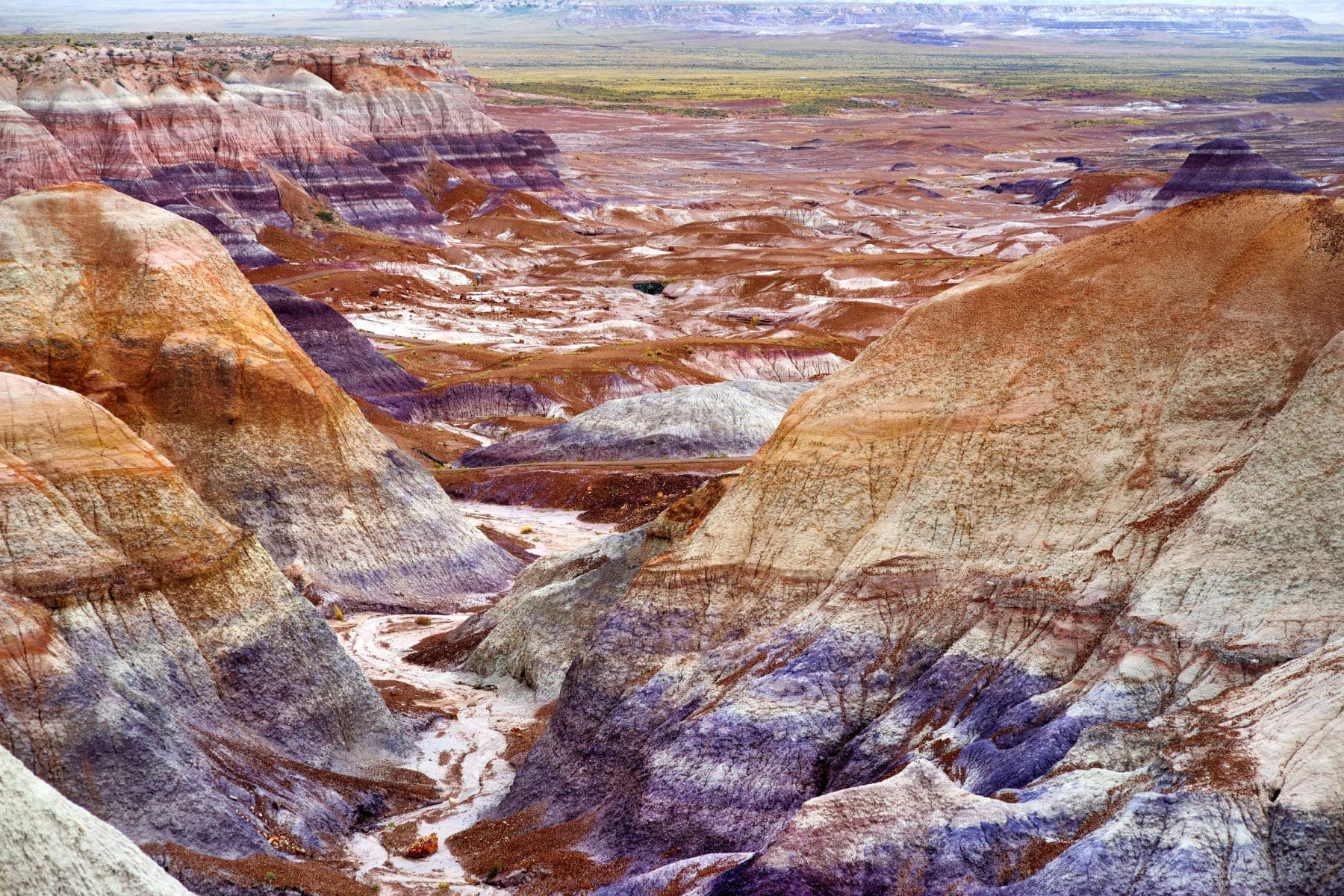
3. A U.S. Army Lieutenant Led An Expedition Through The Region
After the Spanish, the next noteworthy group of explorers came in the 19th century which is another of the fascinating Petrified Forest National Park Facts.
According to the National Park Service, after the Southwest became part of U.S. territories in the mid-1800s, the U.S. government continued to seek routes to the Pacific.
U.S. Army Lt. Amiel Whipple led a route survey along the 35th parallel.
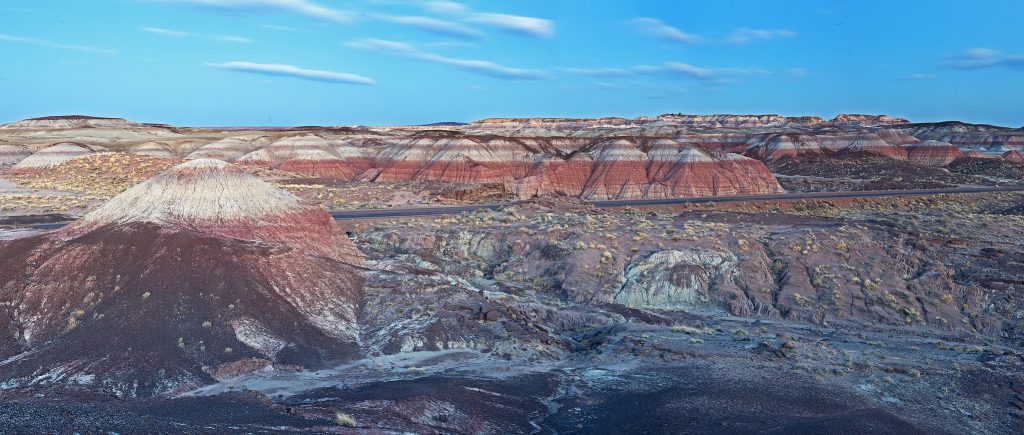
Impressed with the Painted Desert landscape, Whipple named the seasonal river lined with petrified wood deposits Lithodendron (“stone tree”) Creek–the large wash that bisects the Painted Desert Wilderness Area today.
The expedition lasted for nine months and traveled 1,800 miles.
As a matter of fact, Lieutenant Whipple was the first to document petrified wood that would one day be included within Petrified Forest National Park.
The Whipple Expedition crew provided the first published account of petrified wood in what would become Petrified Forest National Park.
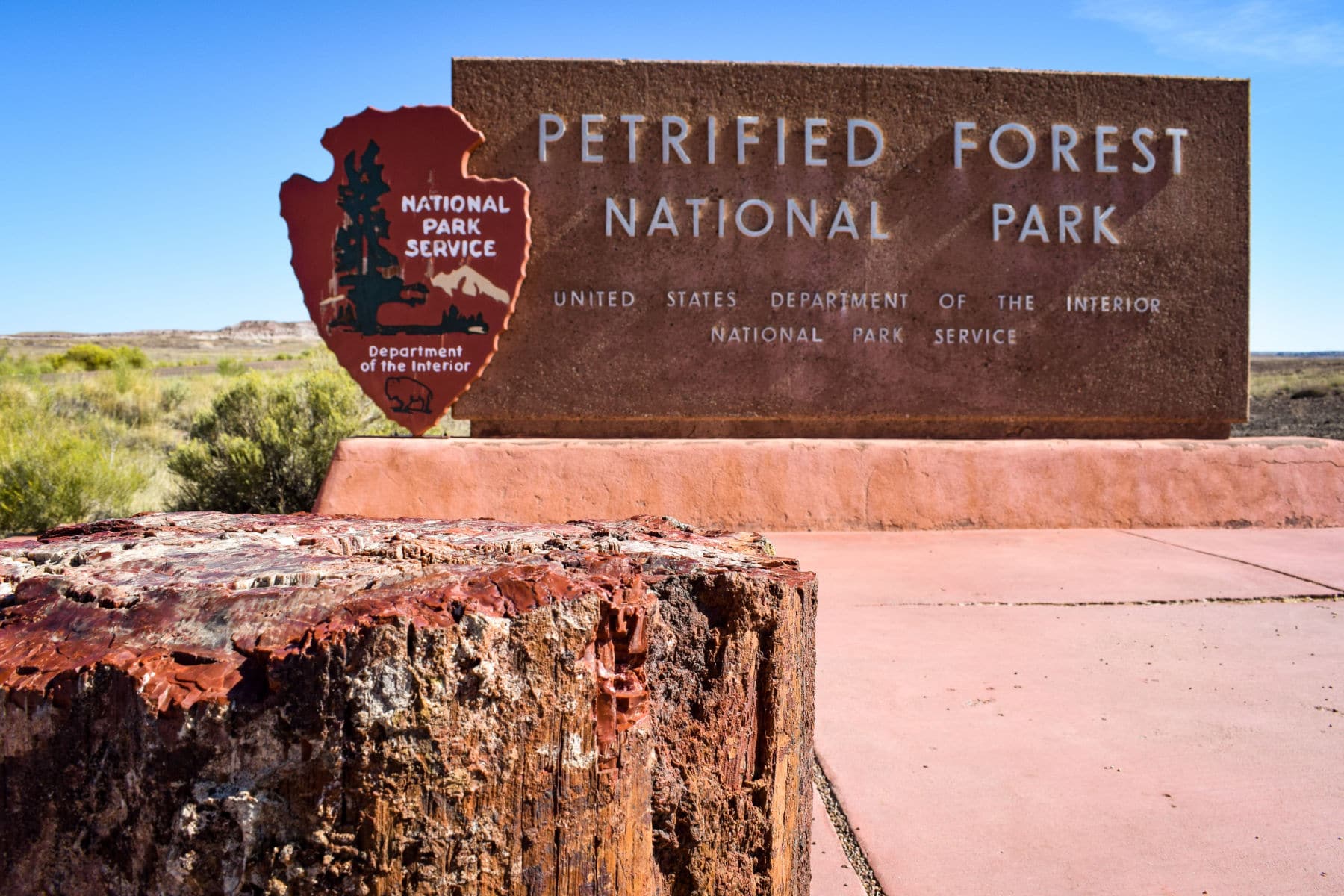
4. A “Camel Corps” Traveled Through The Park
Perhaps the most fun Petrified Forest National Park Fact has to do with a camel caravan on the edge of the painted desert.
Edward F. Beale was a frontiersman and retired military officer who was hired by the U.S. government to survey and build a wagon road along the 35th parallel.
Between 1857 and 1860, Beale made several trips, building and improving the road, and as part of a government experiment, he used camels as pack animals.
Beale became convinced of the camels’ value, but the government did not choose to invest in them.
The old wagon road is still visible in spots across the Southwest and is on the National Register of Historic Places.
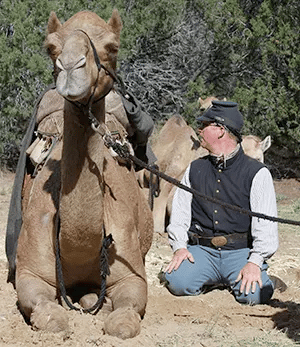
5. The Park Features One Of The Largest Petrified Forests In The World
Traveling to Petrified National Park can be an otherworldly experience at the park features one of the largest petrified forests in the world.
Petrified wood found in the park and the surrounding region is made up of almost solid quartz. Each piece is like a giant crystal, often sparkling in the sunlight as if covered by glitter. The rainbow of colors is produced by impurities in the quartz, such as iron, carbon, and manganese.
Over 200 million years ago, the logs washed into an ancient river system and were buried quickly and deeply enough by massive amounts of sediment and debris carried in the water, that oxygen was cut off and decay slowed to a process that would now take centuries.
Minerals, including silica dissolved from volcanic ash, absorbed into the porous wood over hundreds and thousands of years crystallized within the cellular structure, replacing the organic material as it broke down over time.
Sometimes crushing or decay left cracks in the logs, where large jewel-like crystals of clear quartz, purple amethyst, yellow citrine, and smoky quartz formed.

Top 10 Petrified Forest National Park Facts
6. At Petrified Forest National Park, You’ll Find Some Of The Most Amazing Trails On The Planet
Next to history, I love hiking through America’s national parks. At my age, however, I tend to look for hikes that aren’t too strenuous, but I’m willing to exert myself if the scenery is sufficiently breathtaking.
One of my favorite Petrified Forest National Park Facts has to do with the breathtaking scenery you will experience along some of the park’s amazing hiking trails.
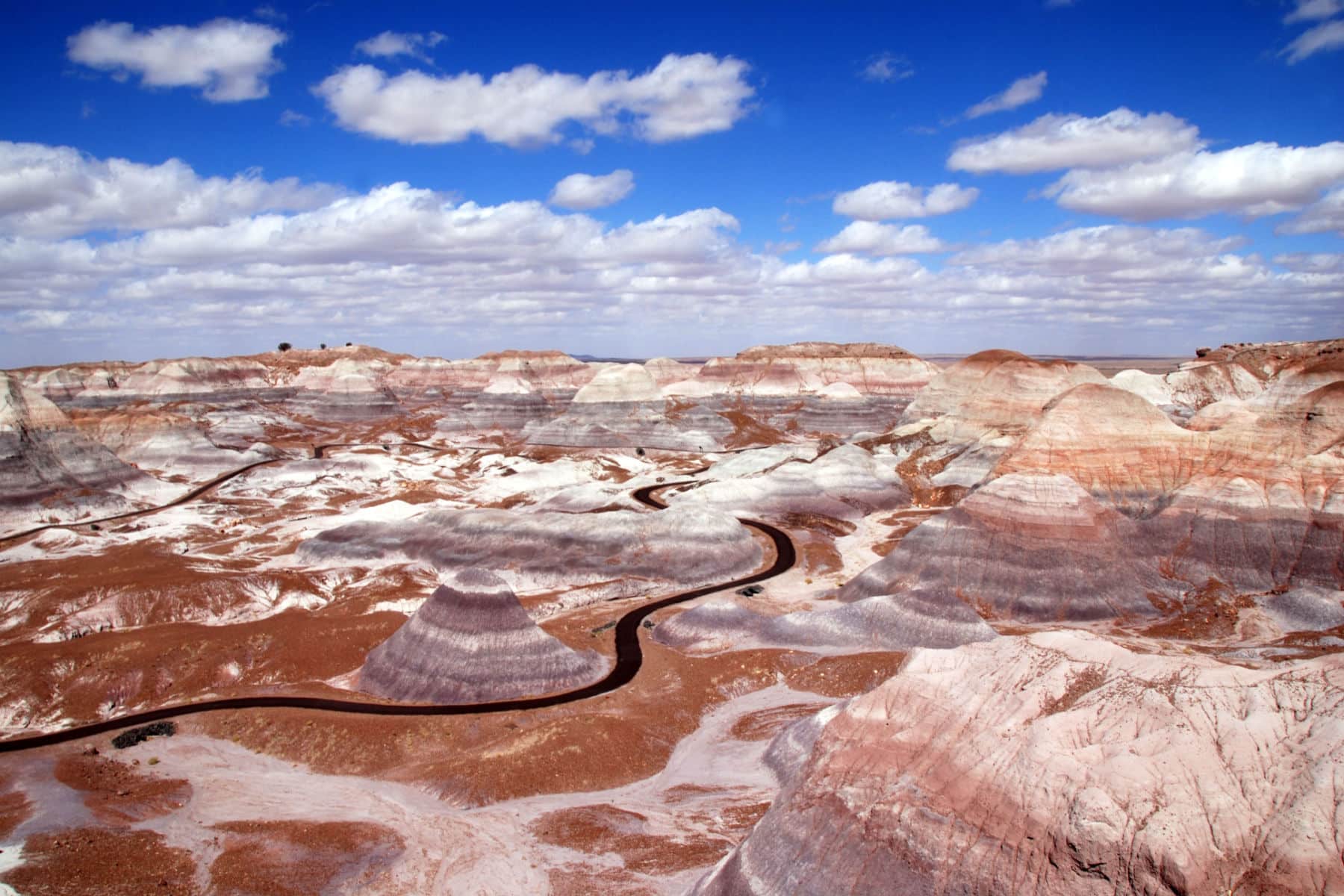
Some Of My Favorite Hiking Trails:
- Tawa Trail: The trail is approximately 2.5 miles (round trip). Along the way you can enjoy the tranquility of the grassland as the trail leads you from scenic Tawa Point to the Painted Desert Visitor Center.
- Painted Desert Rim Trail: A one mile trek along unpaved trail which winds through the rim woodland, a place for chance encounters of many species of plants and animals and spectacular views of the Painted Desert.
- Puerco Pueblo: It’s a .3 mile paved walk amidst the remains of a hundred room pueblo, occupied by the ancestral Puebloan people over 600 years ago. Petroglyphs can be viewed along the south end of the trail. Please do not climb on the boulders or walls and do not touch the petroglyphs.
- Blue Mesa: It’s a one mile loop. It’s alternately paved and gravel trail and offers the unique experience of hiking among badland hills of bluish bentonite clay as well as petrified wood. Numerous plant and animal fossils have been found by paleontologists in the sedimentary layers of Blue Mesa.
- Crystal Forest: It’s a .75 mile loop which is named for the presence of beautiful crystals that can be found in the petrified logs. This trail offers one of the best opportunities to experience the petrified wood deposits. Please leave the petrified wood for others to enjoy.
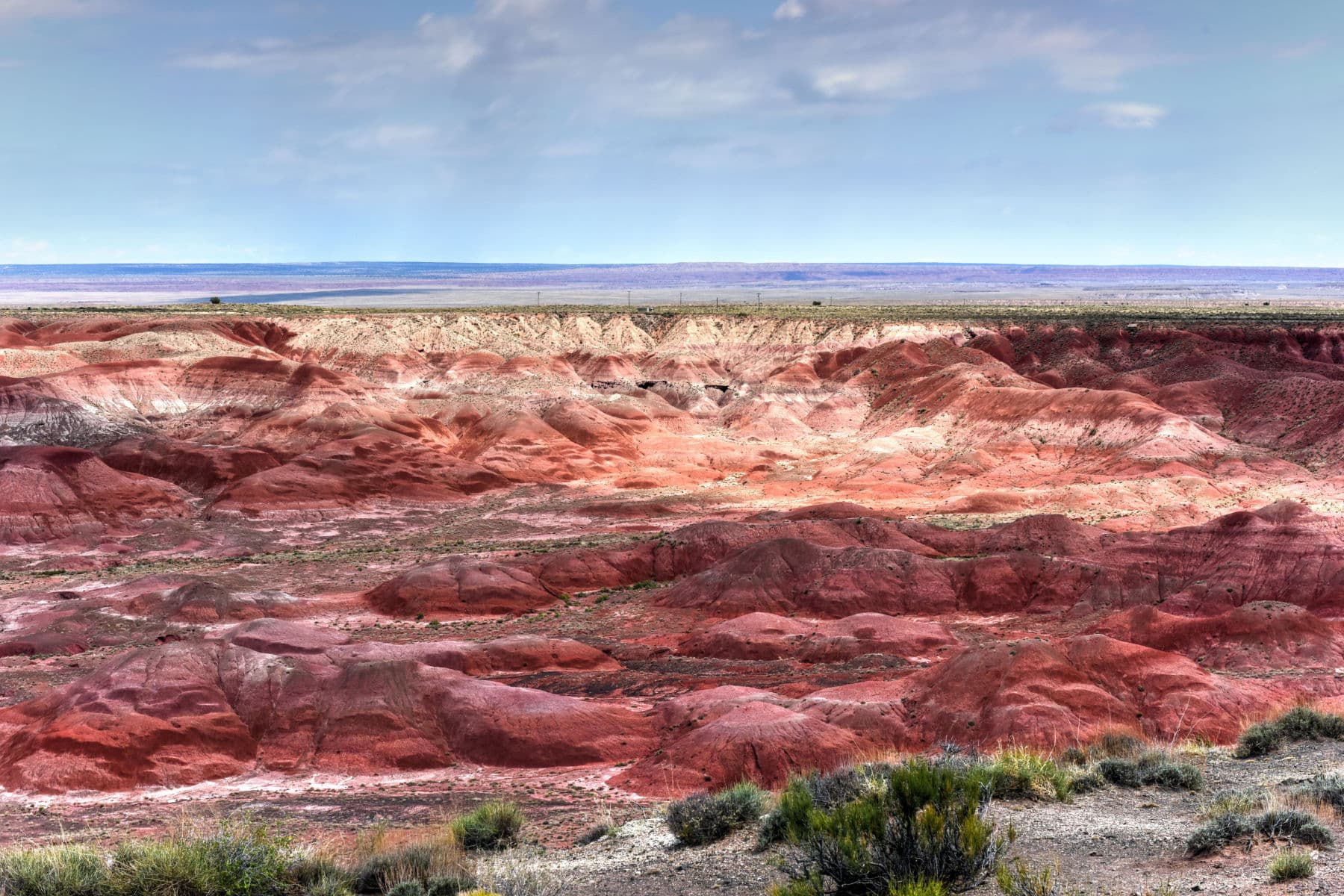
7. Petrified Forest Features More Than 600 Archeological Sites & Resources
Just when you thought we couldn’t come up with any more amazing Petrified Forest National Park Facts we do!
Petrified Forest National Park also more than 600 archaeological resources speaking to 13,000 years of human history.
The park has archaeology sites ranging from small scatters of broken stone to large villages which housed dozens of families.
The archaeological record of Petrified Forest shows how people supported themselves and their families as the environment of the Colorado Plateau changed throughout the last 10,000 years. The park’s earliest sites are camps left by prehistoric hunters at the end of the Ice Age, as far back as 13,500 B.C.
Among the sites accessible to the public are Agate House, an eight-room pueblo built of petrified wood between 1050 and 1300, and Puerco Pueblo, a single-story, multi-room sandstone block pueblo, which may have been home to more than 200 people at its peak.
At the Newspaper Rock site, visitors may see some 650 petroglyphs made by Ancestral Pueblo people over several centuries.
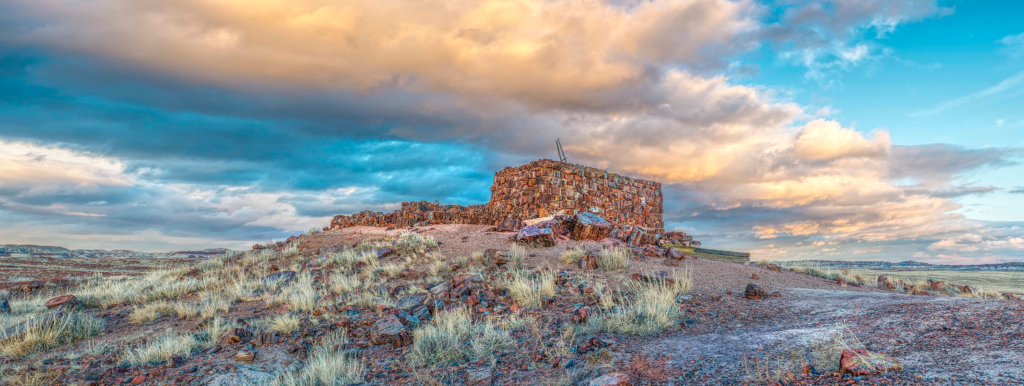
8. The Park Is Home To A Diverse Array Of Wildlife
If you enjoy watching wildlife then this next Petrified Forest National Park Fact is for you. The park is home to a diverse array of wildlife.
This includes: amphibians, birds, insects, spiders, lizards, mammals, rabbits and reptiles.
While you’re there you can also see snakes and lizards which are diurnal (active during the day) in late spring and early fall, but they become crepuscular during the heat of summer.
Crepuscular animals are active at dawn and dusk, the coolest times of day. The half-darkness makes prey animals less visible, yet visibility is good enough to locate food.

9. Petrified Forest National Park Is A Popular Location For Films
As a film buff, I was thrilled to learn that Petrified Forest National Park is a popular location for films. The list includes two of my favorites: The Outlaw Josey Wales (1976) and The Grapes Of Wrath (1940).
The Outlaw Josey Wales is a story about Josey Wales (Clint Eastwood) who watches helplessly as his wife and child are murdered, by Union men led by Capt. Terrill (Bill McKinney).
Seeking revenge, Wales joins the Confederate Army. He refuses to surrender when the war ends, but his fellow soldiers go to hand over their weapons — and are massacred by Terrill.
Wales guns down some of Terrill’s men and flees to Texas, where he tries to make a new life for himself, but the bounty on his head endangers him and his new surrogate family.
The Grapes of Wrath, the best-known novel by John Steinbeck, published in 1939.
The Grapes of Wrath centers on the Joad family. They are hardworking farmers who have lost everything in the Oklahoma Dust Bowl in the 1930s. Seeking better opportunities, they decide to make the arduous trek to California.
The Joads join thousands of other migrants on the trek to the Salinas Valley of California, a place they idealize as rich with opportunity.
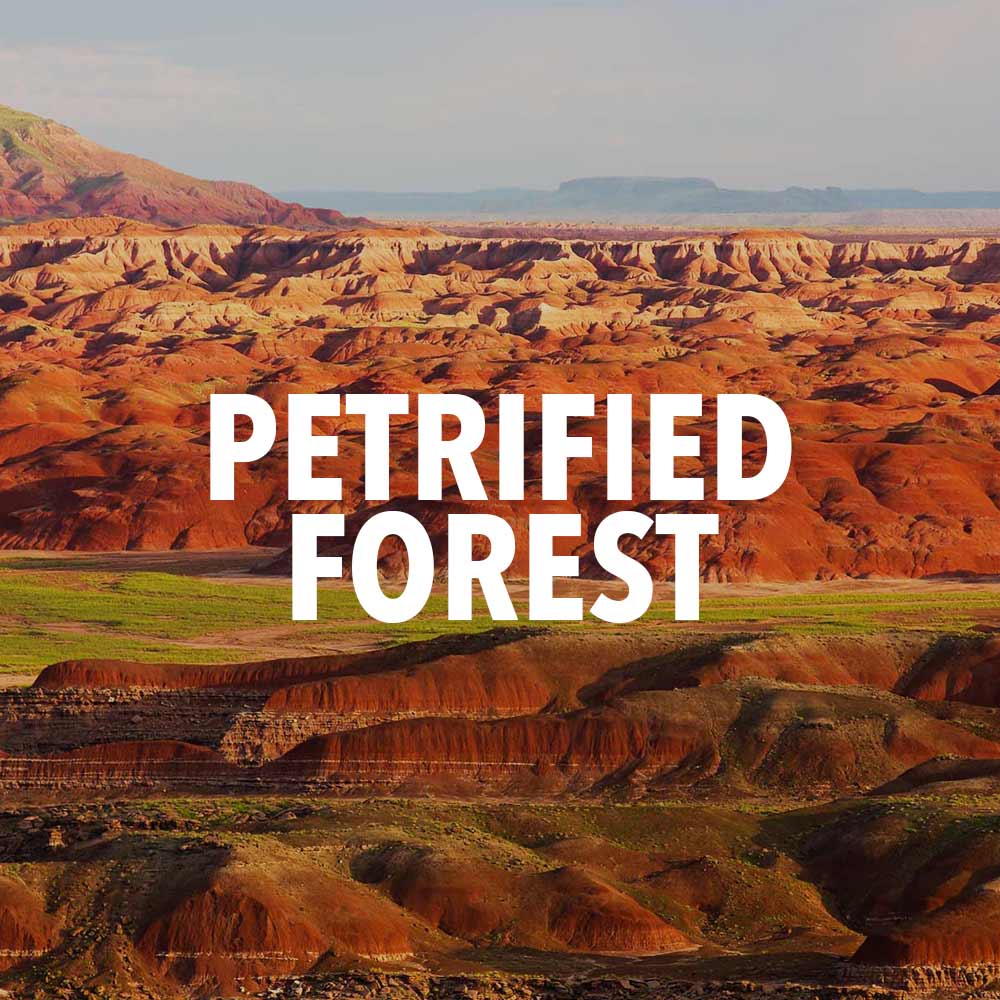
Other Films Made At Petrified Forest National Park
Other films made at Petrified Forest National Park include the following:
- Dark Winds (2022)
- The Thief of Bagdad (1940)
- A Time for Killing (1967)
- A Distant Trumpet (1964)
- The Painted Desert (1931)
- Roaming Through Arizona (1944)
CHECK OUT: Look Familiar? 25+ CLASSIC Movies Filmed In The National Parks
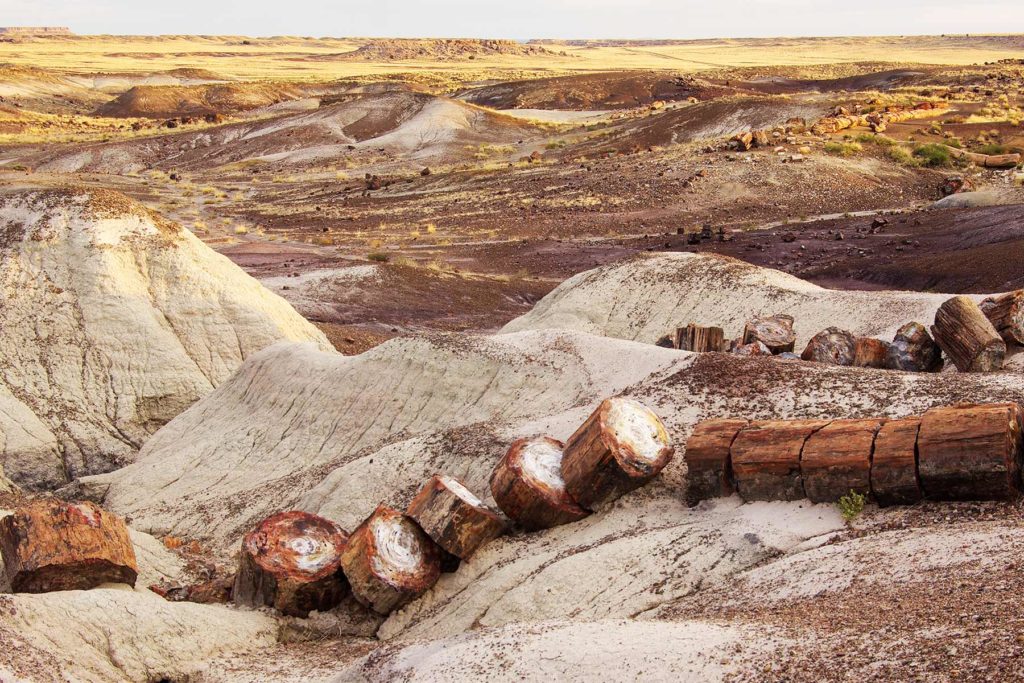
10. The Park Was Created To Prevent Theft
There are many fascinating stories surrounding the creation of America’s national parks. One of the most interesting, however, has to be that of Petrified Forest National Park.
Believe it or not, Petrified Forest National Park was created to prevent theft. People began to explore the American Southwest and word quickly spread about a strange place where the trees had turned to stone.
Curious visitors began exploring the remote area and while touring, they began plucking souvenirs as keepsakes to take home or to show their friends.
By the late 1800s, interest in petrified wood intensified, which led the Arizona Territorial legislature to petition Congress in 1895 to protect the resources there.
In 1906, President Theodore Roosevelt created Petrified Forest National Monument to preserve and protect the petrified wood from theft.

Why Trust Us About Petrified Forest National Park?
We’re Jim Pattiz and Will Pattiz, collectively known as the Pattiz Brothers (and sometimes the Parks Brothers) and we absolutely LOVE the national parks.
You should probably know that we don’t just make this stuff up out of thin air. We’ve spent our entire adult lives exploring and filming America’s national parks and public lands.
We’ve worked with the National Park Service, the Department of Interior, USDA, and the U.S. Forest Service for years creating films on important places and issues. Our work has been featured in leading publications all over the world and even some people outside of our immediate family call us experts on the national parks.

Meet The Parks Brothers
Map Of Petrified Forest National Park
List Of Petrified Forest National Park Facts
- The Paleo-Indians Were The Earliest Inhabitants Of The Park
- The Spanish Were The Earliest Non-Native Explorers Of The Region
- A U.S. Army Lieutenant Led An Expedition Through The Region
- A “Camel Corps” Traveled Through The Park
- The Park Features One Of The Largest Petrified Forests In The World
- At Petrified Forest National Park, You’ll Find Some Of The Most Amazing Trails On The Planet
- Petrified Forest Features More Than 600 Archeological Sites & Resources
- The Park Is Home To A Diverse Array Of Wildlife
- Petrified Forest National Park Is A Popular Location For Films
- The Park Was Created To Prevent Theft
We Hope You’ll Follow Our Journey

Our goal here at More Than Just Parks is to share the beauty of America’s national parks and public lands through stunning short films in an effort to get Americans and the world to see the true value in land conservation.
We hope you’ll follow our journey through the parks and help us to keep them the incredible places that they are. If you’re interested in joining the adventure then please sign up below!
Helpful Articles
Grand Canyon Viewpoints: 20 Best Views of the Grand Canyon (National Park)
Grand Canyon South Rim Things to Do: 15 Amazing Things to Do at the Grand Canyon South Rim
Things to Do at the Grand Canyon: 20 Best Things to Do at Grand Canyon National Park
Closest Cities to the Grand Canyon: 10 Closest Cities Near the Grand Canyon
Grand Canyon Facts: 15 Fascinating Grand Canyon National Park Facts
Desert View Watchtower: Explore the Historic Desert View Watchtower (Grand Canyon)
Grand Canyon in Winter: Visiting the Grand Canyon in December (Winter Guide)
Arizona National Parks: 24 Epic Arizona National Parks to Visit (Photos + Guide)
Things to Do Saguaro NP: 15 Best Things to Do Saguaro National Park
Things to Do Zion NP: 18 Epic Things to Do at Zion National Park
Best Hikes Saguaro NP: 10 Best Saguaro National Park Hikes
National Parks Near Tucson: 10 Best National Parks Near Tucson
National Parks Near Phoenix: 10 Best National Parks Near Phoenix
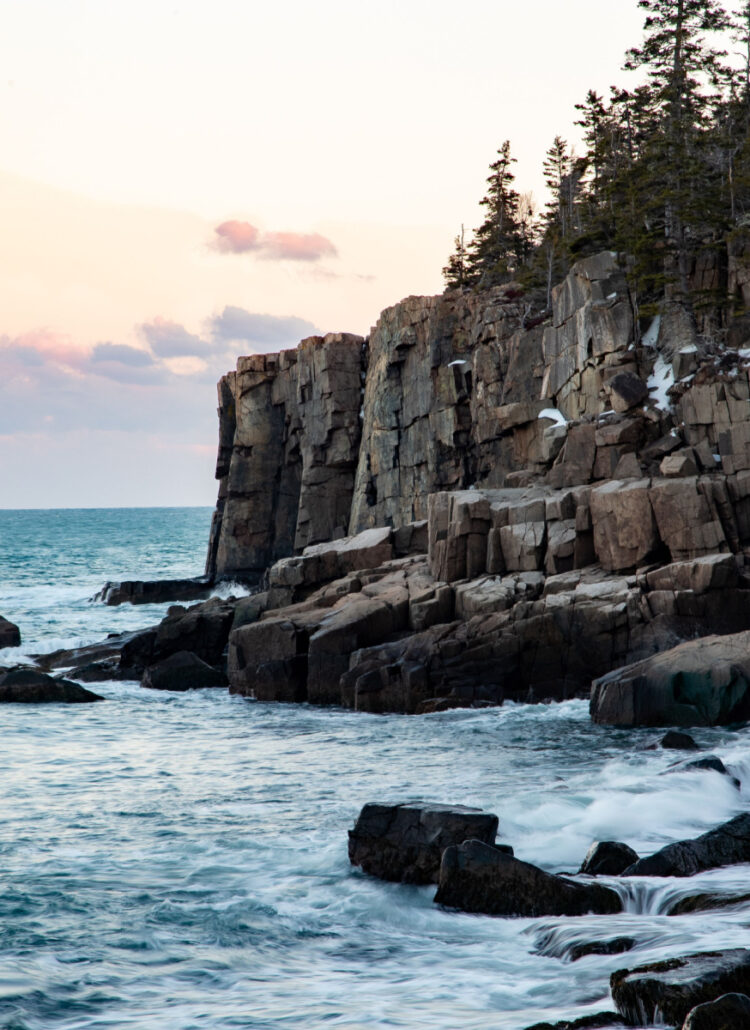
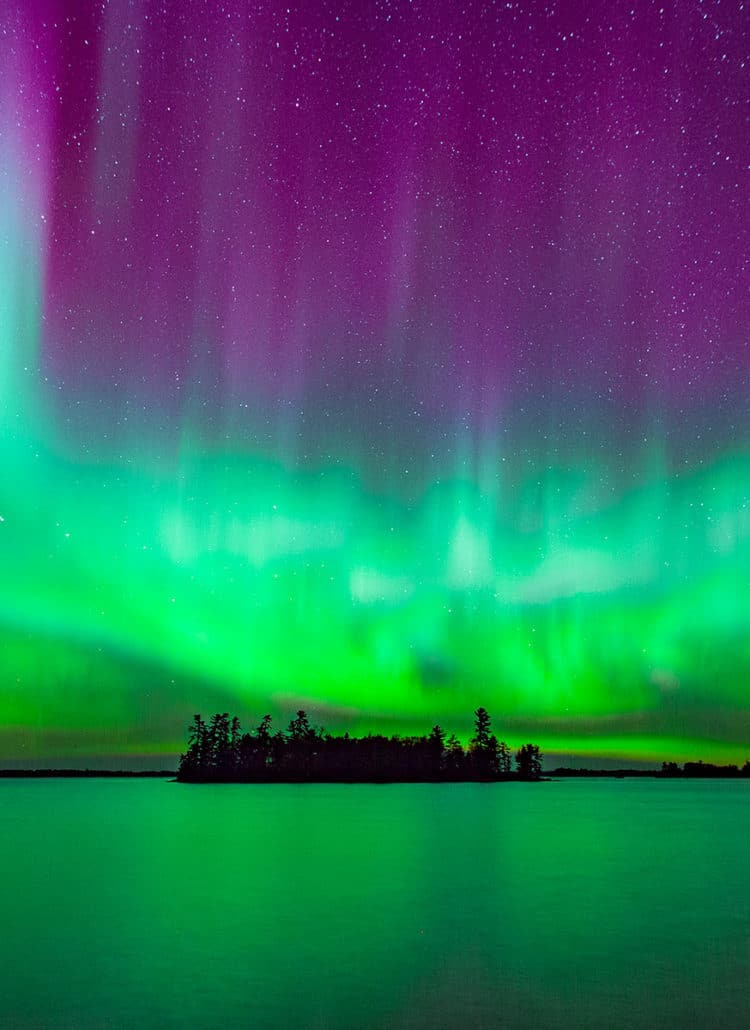



Leave a Reply